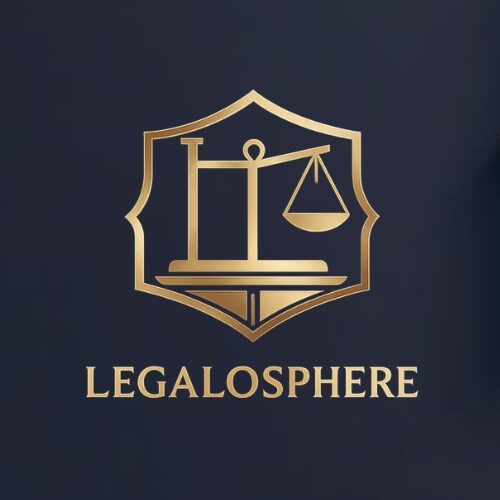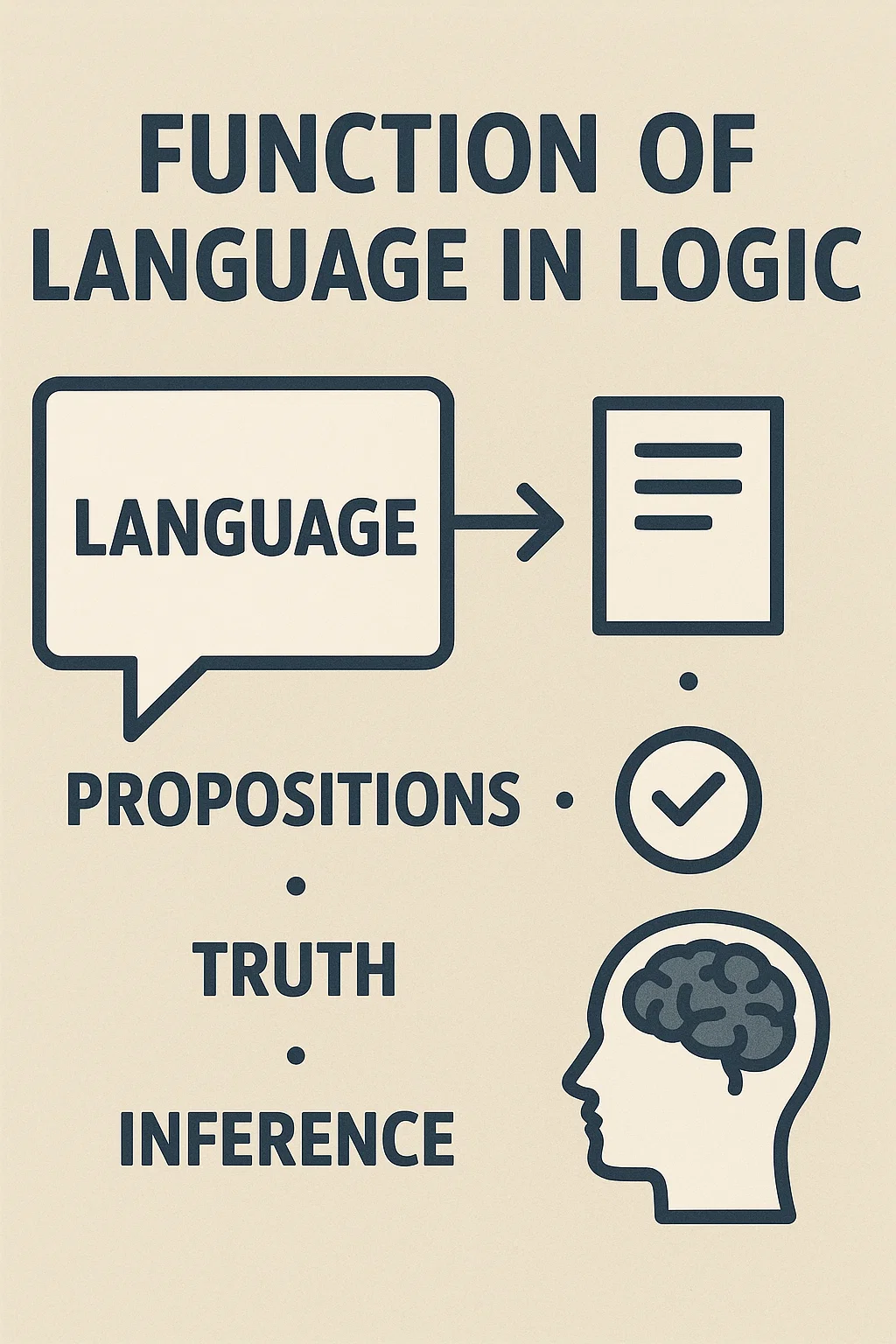Language is the bedrock of logic—without it, expressing, analyzing, and evaluating arguments would be nearly impossible. The function of language in logic extends beyond communication; it shapes reasoning, anchors meaning, and structures human thought in organized, testable ways.
At its core, logic relies on language to articulate propositions, formulate arguments, and discern truth values. From ancient philosophers like Aristotle to modern logicians, the intersection of language and logic has remained central. Without precise linguistic tools, reasoning becomes vague, ambiguous, and unreliable.
Introduction to the Function of Language in Logic
Language serves as both the vessel and the guide for logical thought. It not only communicates ideas but also defines how we structure arguments, infer conclusions, and evaluate the validity of reasoning. Language in logic must follow certain rules to ensure clarity and prevent misinterpretation. This makes it essential to understand how different functions of language influence logical systems.
Understanding Language in Philosophy and Logic
In logic, language is stripped of emotional nuance and everyday ambiguity to serve as a neutral medium for truth-testing. Unlike poetic or conversational language, logical language emphasizes precision, structure, and consistency.
Philosophy introduces the idea of “logical form,” the abstract structure that underlies statements. For instance, “All humans are mortal” and “All cats are mammals” share the same logical form, which can be analyzed using symbolic logic.
The Importance of Precision in Logical Language
Ambiguity can derail logic. Hence, language used in logical reasoning must be explicit and unambiguous. Even a single misplaced word or unclear reference can invalidate an argument. Logical expressions require strict adherence to grammar, syntax, and definitions.
For example, the word “or” can be inclusive (“this or that or both”) or exclusive (“this or that but not both”). In logic, symbols like ∨ and ⊕ distinguish between the two.
Functions of Language: A Philosophical Viewpoint
Language serves multiple functions in logic:
- Informative Function: Conveys facts and information (e.g., “The Earth orbits the sun.”)
- Expressive Function: Reveals emotions or attitudes (e.g., “I’m excited about this result.”)
- Directive Function: Commands or requests (e.g., “Prove the theorem.”)
In logic, the informative function dominates. Statements are judged not by their emotion or command, but by truth values—whether they are true or false.
Language as a Tool for Logical Reasoning
Logical reasoning demands structure. Language allows us to:
- Build premises
- Deduce conclusions
- Identify fallacies
- Evaluate validity
This relies on both syntax (how statements are formed) and semantics (what statements mean). Together, these enable formal reasoning systems used in philosophy, mathematics, and computer science.
Referential Function of Language in Logic
Logic often deals with entities, sets, and classes. The referential function helps identify what we are talking about. For example:
- “All dogs are mammals” refers to the class of dogs.
- “Socrates is a man” refers to the individual Socrates.
Precise references prevent confusion and allow logical analysis.
The Role of Semantics in Logical Analysis
Semantics is the study of meaning. In logic, semantic clarity is critical. A statement like “All unicorns have horns” is syntactically correct but semantically null if unicorns don’t exist.
Logic requires truth-functional semantics, where compound statements depend on the truth values of their components.
Syntax vs Semantics in Logic
- Syntax is about form: How symbols and words are arranged.
- Semantics is about meaning: What those arrangements convey.
A statement can be syntactically valid yet semantically empty. Consider “Colorless green ideas sleep furiously.” It follows grammar but is meaningless.
Denotation and Connotation in Logical Use
- Denotation: The literal meaning.
- Connotation: Emotional or cultural association.
Logic prioritizes denotation. It avoids connotative ambiguities to focus on factual clarity. For example, “freedom fighter” vs. “terrorist” may denote the same person but carry different connotations.
Use vs Mention in Logical Language
- Use: Refers to the concept (e.g., Cats are animals.)
- Mention: Refers to the word itself (e.g., “Cats” has four letters.)
In logic, it’s vital to distinguish between using a term and talking about the term itself.
Types of Sentences in Logical Language
- Declarative: States facts (“The sky is blue.”)
- Interrogative: Asks questions (“Is the sky blue?”)
- Imperative: Gives commands (“Look at the sky.”)
Only declarative sentences can be true or false, making them central to logical reasoning.
Propositional Logic and Language
Propositional logic analyzes statements like:
- P: “It is raining.”
- Q: “The ground is wet.”
Using symbols, we can express P → Q (If it is raining, then the ground is wet). Propositional logic simplifies reasoning to relationships between whole statements.
Predicate Logic and Language
Predicate logic adds internal structure:
- “All men are mortal” becomes: ∀x (Man(x) → Mortal(x))
Here, quantifiers (∀, ∃) and variables provide more detailed analysis.
Language and Logical Connectives
Logical connectives such as:
- AND (∧)
- OR (∨)
- NOT (¬)
- IF…THEN (→)
These are building blocks of logical language. They link simple statements to form compound ones, defining precise relationships between them.
Ambiguity and Vagueness in Language
Ambiguity arises when a word has multiple meanings; vagueness when a word’s boundaries are unclear. For instance, “tall” is vague—how tall is tall?
In logic, vagueness leads to fallacies and misinterpretations, which must be eliminated.
The Expressive Function in Logic
Though rare in pure logic, language can express emotions or attitudes, particularly in informal arguments or rhetorical logic.
Directive Function in Logical Arguments
Commands like “Assume P” or “Consider this case” direct thought. While not truth-evaluable, they shape reasoning paths.
Performative Language in Logic
Performative statements do something just by being said, e.g., “I declare the meeting open.” In logic, they’re relevant in axiomatic systems or formal declarations.
Descriptive vs Evaluative Language in Logic
- Descriptive: “Water boils at 100°C.”
- Evaluative: “That’s a poor argument.”
Logic prioritizes descriptions over evaluations—although evaluations might be used in assessing argument quality.
Language in Mathematical Logic
Symbols like ∑, ∀, ∈, and ≠ allow precision, abstraction, and generalization in reasoning, particularly in advanced logic.
Truth-functional Language
These are statements whose truth depends on the truth of components, such as “If P then Q.” If P is true and Q is false, the statement fails.
Meta-language and Object-language
- Object-language: The language being discussed.
- Meta-language: The language used to discuss it.
Clarity between the two prevents confusion, especially in semantic paradoxes.
Formal vs Natural Language in Logic
Formal language is rule-based and symbolic. Natural language is flexible and expressive. Logic tries to bring natural language closer to formal clarity.
Fallacies and Misuse of Language
Language misuse can lead to fallacies:
- Equivocation
- Straw man
- Amphiboly
Identifying and correcting them is key to sound logic.
Symbolic Language and Abstraction in Logic
Symbols abstract away the messiness of words, making complex arguments easier to manipulate and test.
Concept Formation and Language
Logic uses language to define and classify concepts, from categories like “mammal” to abstract notions like “justice.”
The Role of Definitions in Logic
A good logical argument starts with clear definitions. Logic avoids circular or broad definitions to maintain precision.
Equivocation in Logical Arguments
Equivocation happens when the same word is used in different senses in an argument, leading to false conclusions.
Language and Validity
Validity concerns structure; if premises are true, the conclusion must be. Language helps express this clearly and consistently.
Conclusion: Language as the Foundation of Logic
The function of language in logic is foundational and irreplaceable. It shapes how we argue, reason, define, and communicate truth. From symbols to syntax, the relationship between language and logic enables humanity’s most rigorous thinking.

